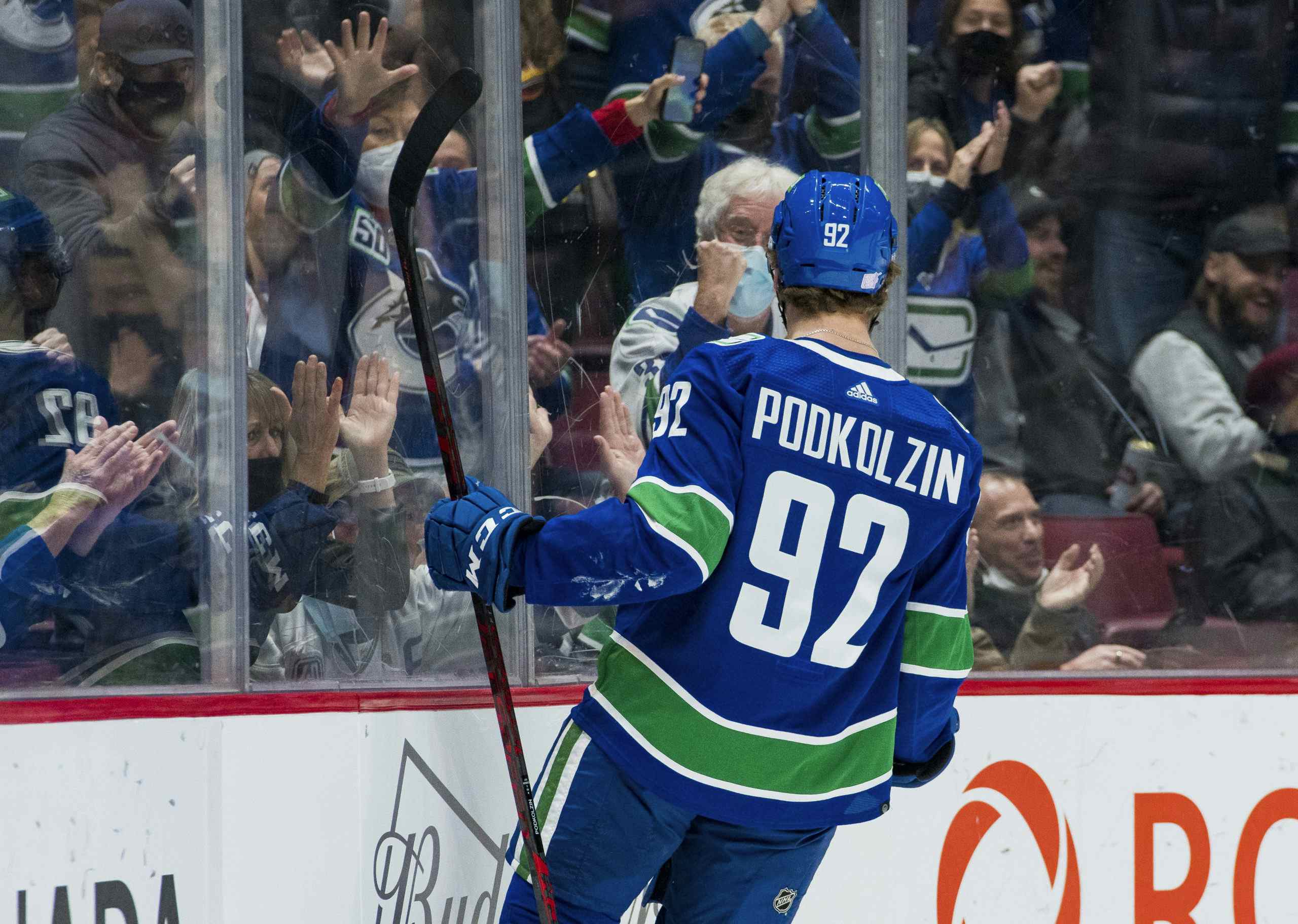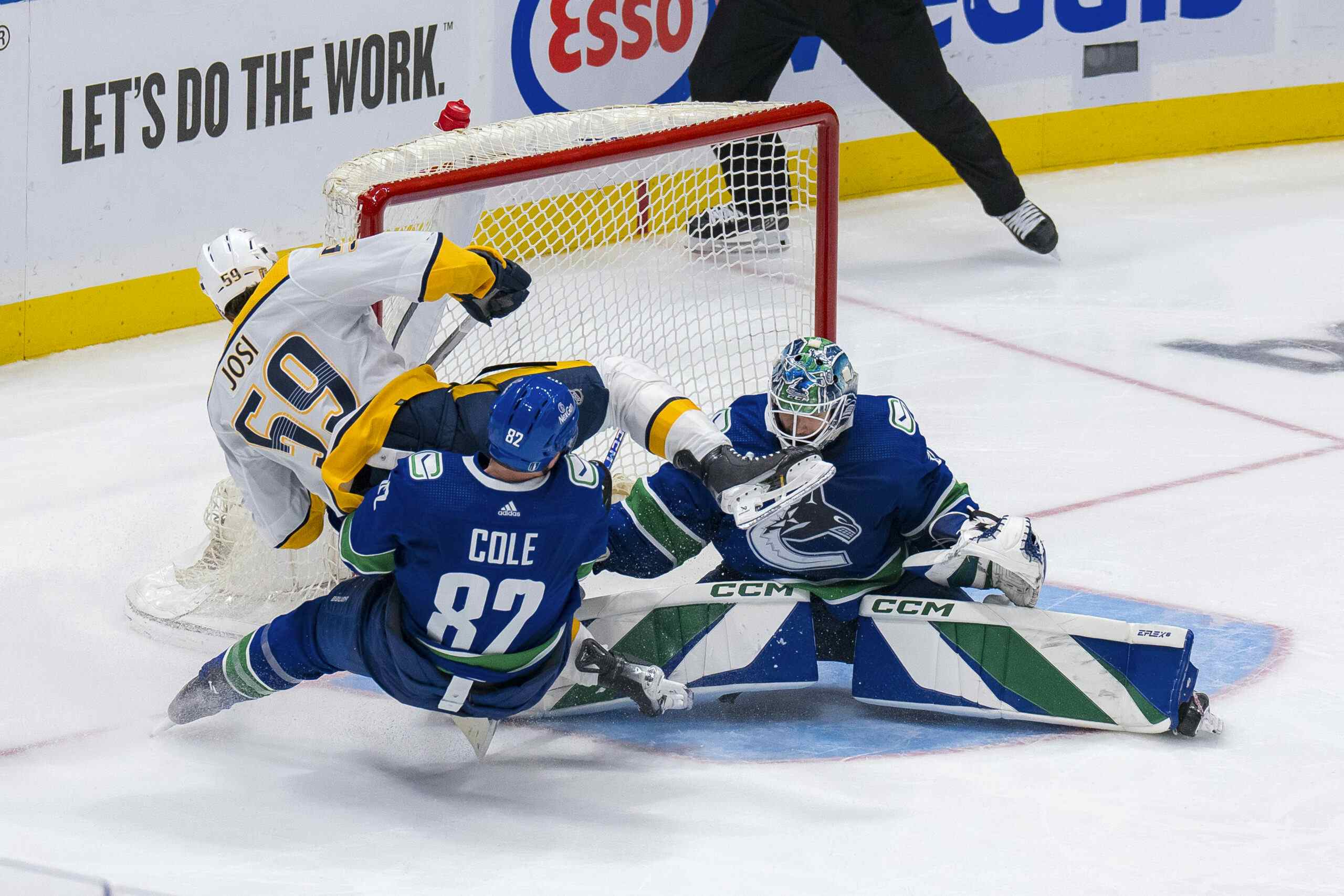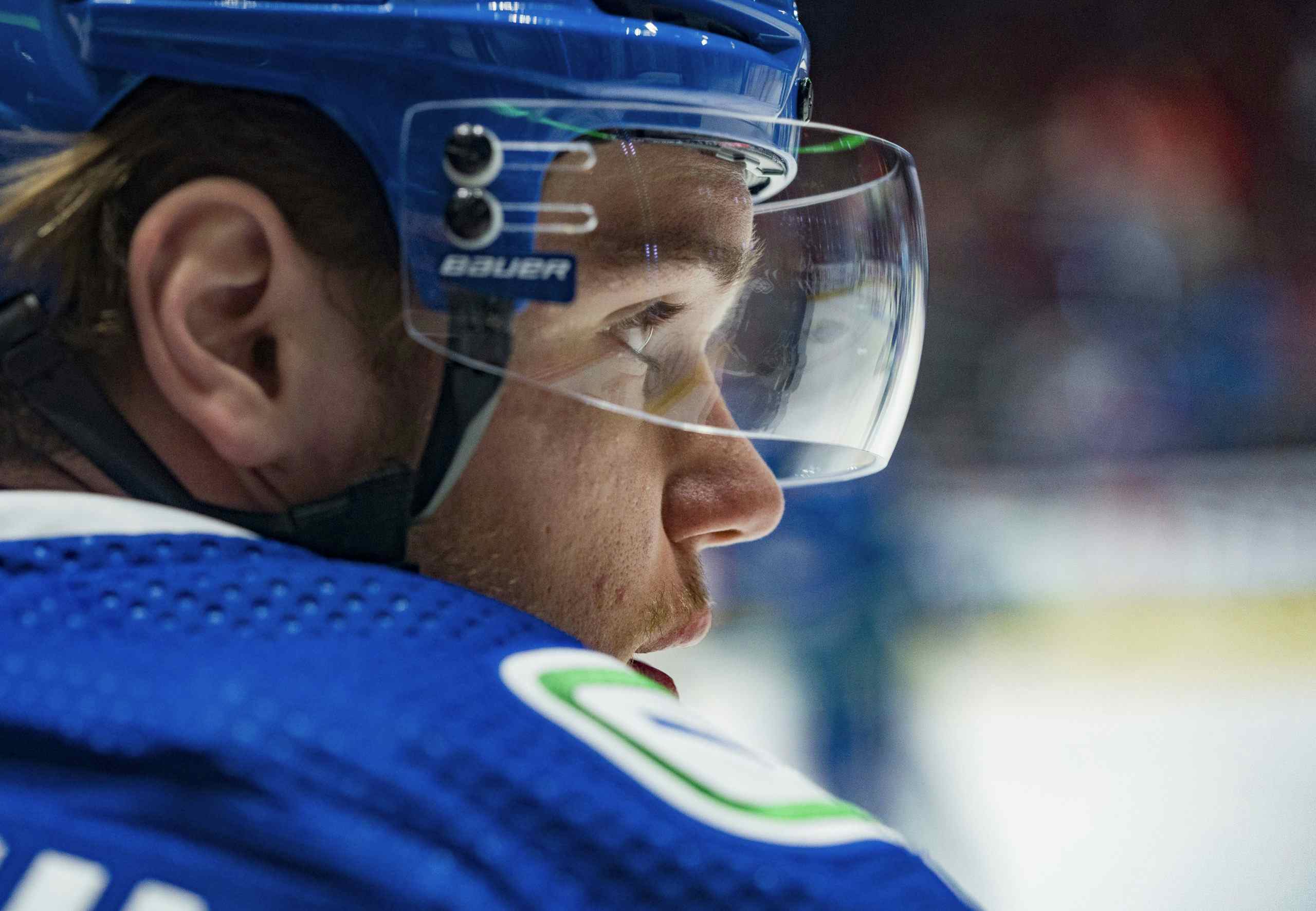Offseason Transactions Deep Dive: The Jason Garrison Trade

If it feels like it has been quite some time since the frenzy of moves the Vancouver Canucks made in that hectic stretch bridging the end of June and beginning of July, it’s because it has been. With the summer now officially having been put in the rearview mirror as training camps are set to begin across the league, we’re running a 5-part series reviewing what the Canucks did this summer, and what it means for them moving forward.
This deep dive was executed by the excellent MoneyPuck_ on Twitter, who has contributed content for us in the past.
Very shortly following the previously discussed Ryan Kesler trade, a second major set of trades the new braintrust for the Canucks made came down the pike. That included sending Jason Garrison and spare parts to Tampa Bay in exchange for a draft pick in the following day’s 2nd round, which was only to be re-packaged to Los Angeles in exchange for Linden Vey before the team could actually use it themselves.

Jason Garrison

The Canucks went into the offseason with a dire need to get younger and improve their forward depth. Other than Kesler, the only area of strength they had to trade from was their already inherent depth on the back-end, and Garrison was the most obviously expendable member of the Canucks top-five defensemen.
Last season Garrison continued to generate a ton of shots and was the Canucks highest point-getter on the blueline. However, his possession numbers took a major nose dive despite him not having to face the toughest competition or most difficult zone starts.
Garrison’s relative corsi was -3.3%, which means the Canucks did markedly better in terms of outshooting their opponents when Garrison was on the bench as opposed to when he was on the ice. In fact, of the league’s 113 top 4 defensemen (over 15 minutes/game at even strength in 60+ games played) Garrison had the 16th worst relative corsi of the bunch. This could have been the result of Tortorella’s coaching style, but it could also have been the effect chronic groin issues which has reportedly bothered Garrison for quite a while now.
As time progressed, it seemed to have been impacting the quality of his play more and more visibly. For much of the season he looked like he was a step behind the play, which seems to be confirmed by his penalties drawn differential (penalties drawn less penalties taken); at -19 he had the 4th worst ratio out of that aforementioned group of defensemen.
Last season, the Canucks were the only NHL team to have 5 defensemen play over 20 minutes a game (min. 60 games played). With Garrison’s decline in play, health question marks, and huge contract moving forward it was abundantly clear that he was the most expendable member of the Canucks defense corps. The concerns surrounding him got to the point where there was deserved chatter regarding a potential compliance buyout being used to rid the team of him, saving themselves from having to foot the entire bill.
With that being said, Tampa Bay’s interest in him made ample sense. In contrast to the Canucks, the Lightning only had two players that fit the criteria of 20+ min per game for 60+ games (Victor Hedman and Matt Carle), so even with questions marks around his effectiveness you can see why Steve Yzerman was interested in the player.
Need some help with all that fancy stat lingo, this will help
Linden Vey
Tampa is widely regarded as having one of the best prospect pools in the league, so it was no surprise they were willing to give away the 50th overall and pick up Garrison’s significant contract to shore up what is one of the weaker defensive corps in the league.
According to TSN’s Scott Cullen, the 50th overall picks historically has a 32% chance of playing 100 NHL games, so just as the Garrison trade made sense for Tampa Bay, shipping the pick the Canucks received for him off to LA for someone with Linden Vey’s profile made just as much sense for Jim Benning.

At just 23 years old, Vey has produced admirably at every level leading up to the NHL, and after developing into a point per game player at the AHL level it appears that he is ready to make the jump to the NHL. He did enjoy a short 18 game stint with the Kings this past season, where he played limited minutes in a fourth line role with Jordan Nolan and Trevor Lewis.

The Kings were the strongest possession team in the league last year, so it comes as no surprise that the fourth line’s Corsi For was weak relative to the rest of the team. That, the fact that it was his first NHL stint, and that it was saddled next to someone like Jordan Nolan should be enough reason to refrain from judging Vey’s underlying numbers from last season too harshly.
Salary Cap Room
The third element to this trade was the $3.9M in cap space the Canucks netted after moving Garrison to Tampa for the pick that was used to acquire Vey. Effectively, this cap space paid for ¾’s of Radim Vrbata’s new contract, which proved to be a key component of the Canuck’s offseason game plan of replacing Ryan Kesler’s scoring and improving what was the third worst offense in the league last year.
Conclusion
This is a ultimately a tough one to evaluate. Garrison is one of the weaker top-4 defensemen in the league, and there are major concerns about his health going forward. That said, he still is a top 4 defenseman in a league where players like Andrew MacDonald, Brooks Orpik, and Dan Boyle all signed this summer for around his AAV if not more, so it’s a bit surprising that the Canucks were only able to get a second round pick from Tampa for him.
With that being said, the Canucks were clearly dealing from an area of strength. That, and the fact that they were able to exploit LA’s roster crunch in grabbing a young, skilled forward like Vey should help alleviate any disappointment over the initial return from Tampa Bay.
Previously in this series:
Recent articles from Dimitri Filipovic





